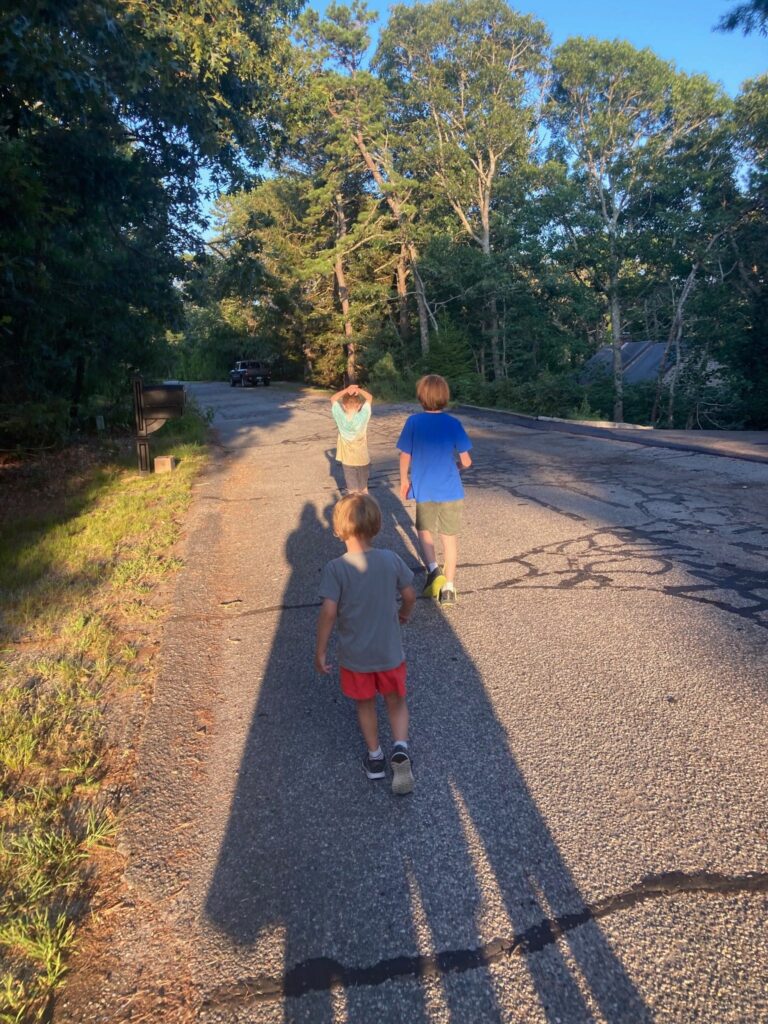
“I miss [Little Bird] already!” I sighed, in the car on the way to church.
“Who?” my husband said.
“Har har,” I responded, knowing full well he knew I was referring to our seven-year-old son.
Continue reading
“I miss [Little Bird] already!” I sighed, in the car on the way to church.
“Who?” my husband said.
“Har har,” I responded, knowing full well he knew I was referring to our seven-year-old son.
Continue reading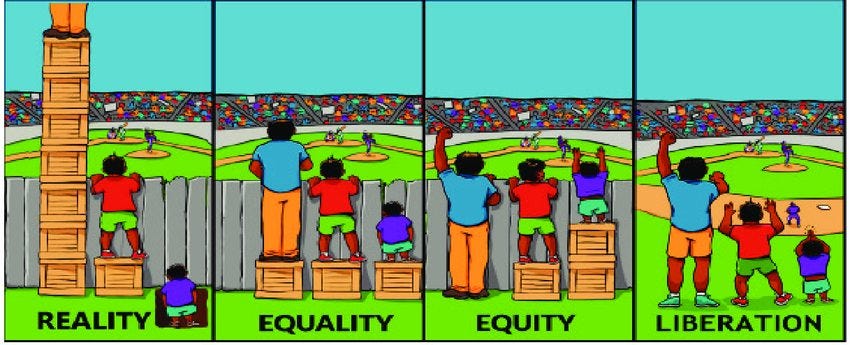
“But he’s spoiled!” my older son proclaimed loudly, expressing his opinion that his brother always gets what he wants.
Now, his claim is blatantly untrue. In fact, my older son is probably the one who gets what he wants more often just because he has stronger opinions. My younger son is more likely to say, “Yeah, sure, that sounds good.”
But I wasn’t going to get into that conversation. I knew it wasn’t going to go anywhere and just turn into the nonsense of trying to list every time that my older son got what he wanted.
Instead, I took a different angle. “Well, you know that we do try very hard to be fair. But fair doesn’t always mean equal.”
Continue reading
I want my boys to see the Barbie movie.
Sure, it addresses some mature themes like the patriarchy. But we talk about hard social issues all the time in our family.
Sure, my boys are explicitly not the target audience. But they read all sorts of stuff that centers girls and women, including Squirrel Girl comics and the Ramona books, and love them.
Sure, they won’t get all of the jokes. But that’s true in day to day life and they’ll get plenty of them, like Ken’s job being “beach.”
So I think they’d enjoy it.
But more importantly, I want them to be exposed to the messages it carries in such an accessible way.
Continue reading
This weather – the record heat, the poor air quality – is scary and exhausting for adults. But what if you’re a kid? And what if you’re a kid who has heard it’s caused by climate change? Instead of avoiding the term climate change when talking to our kids, it’s becoming more important than ever. But there are some ways we can talk to them that are factual, don’t inspire fear, and even help empower them.
1) Present the facts without panic. Say something like “The weather is so much hotter than it’s been in the past because pollution we’re putting into the atmosphere is making the Earth warmer over many years.” Or for the air quality issues, “They are having bad wildfires in Canada and the smoke is blowing down here. It’s worse than usual because the spring was so dry. The climate is changing because of pollution we put in the atmosphere.”
2) Talk about what adults are doing to fix it. This is a big part of not sparking climate anxiety. Something like “Many adults are working to build and improve clean sources of energy that don’t make this pollution like solar and wind. Other people are pushing politicians to do even more to address the problem.” If they’re younger kids, you can point out what high schoolers and college students are doing. They feel like adults but not parental figures, which may have even more of a punch.
3) Involve your kids in making systemic change. Have them envision what a truly sustainable community would look like to them and how it’s different from your own community. Then have them write to local policy makers to tell them what they think of climate change and what they would like to change locally. This is really empowering! Check out the Cultivating Climate Justice At-Home Family Toolkit for a template and more ideas.
4) Find ways to live more sustainably in your own lives and explain the reasons behind it to your kids, like switching to solar or wind power, eating less meat, biking/walking/ taking public transit instead of driving, etc. This doesn’t replace systemic change though! Check out my book for tips (and tips on activism too).
5) Make meaning together in your actions. Find ways to be fulfilled through more environmentally friendly activities, whether that’s more time together, building relationships with neighbors or friends, more time in nature, writing stories or creating art, etc. This will be what makes your actions personally sustainable as well as environmentally sustainable!
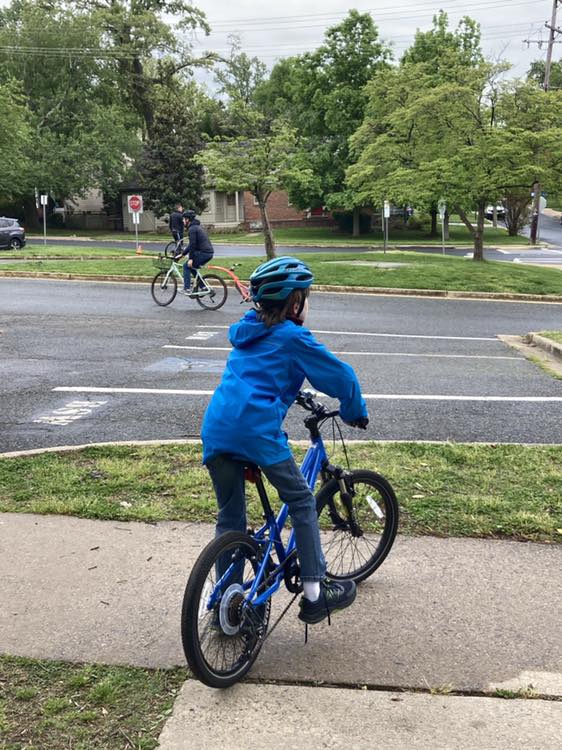
“Hey, does anyone want to go down to the creek?” I asked my kids, who were sprinting across the sprawling playground equipment at a local park.
“No, we’re racing,” my older son replied.
“Well, I want to go down to the creek,” I said, with a hint of whine in my voice.
“You can,” he stated, plain as day.
“That’s true, I can!” The fact that they could play on their own, that they were big enough not to be constantly supervised and could come get me if there was a problem popped into my head like a cartoon lightbulb.
Continue reading
“What’s that road named after?” my older son said, pointing to the road that his elementary school is named after. He was in his “asking questions about why things are named what they are” stage.
“I don’t know,” I said. “We can look it up.”
That’s how we found out his elementary school is named after an enslaver.
Continue reading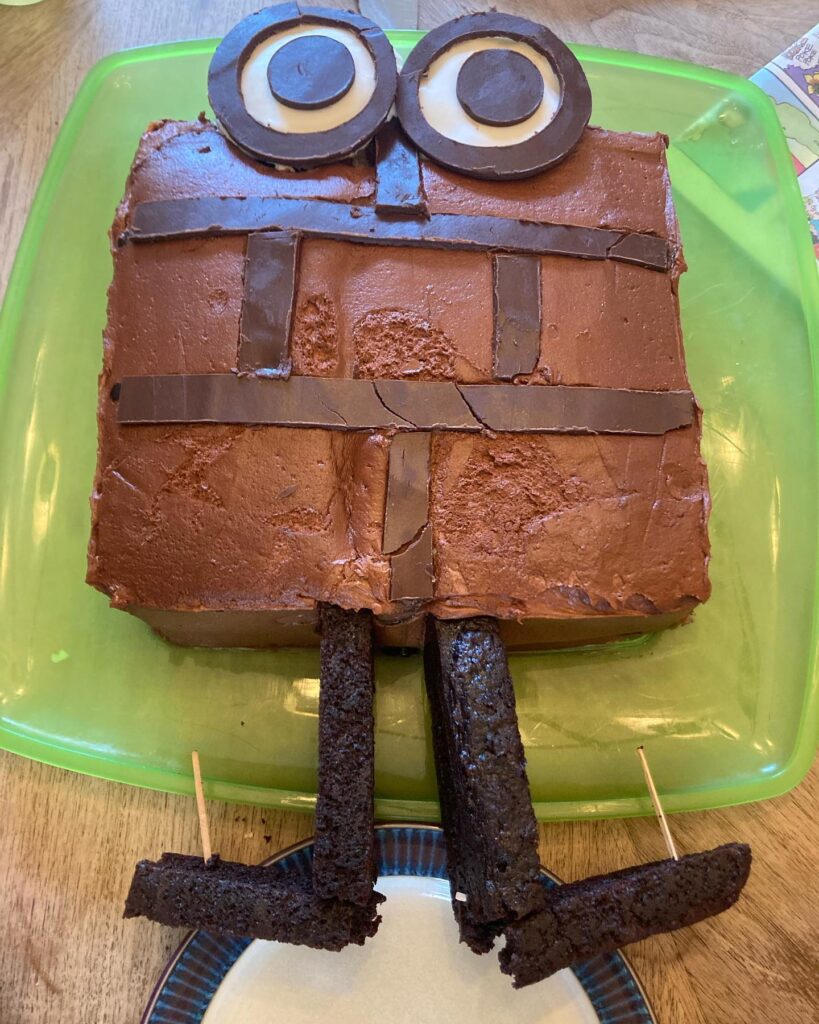
I am terrible at making cakes. It involves both baking and decorating skills that I have never and are likely to never possess. Thankfully, I am not the designated cook or baker in our family. That’s all my husband.
My husband never planned to be a cook or stay at home dad. In college, he was a chemistry and then political science major. Frankly, he had no idea what he wanted to be.
Continue reading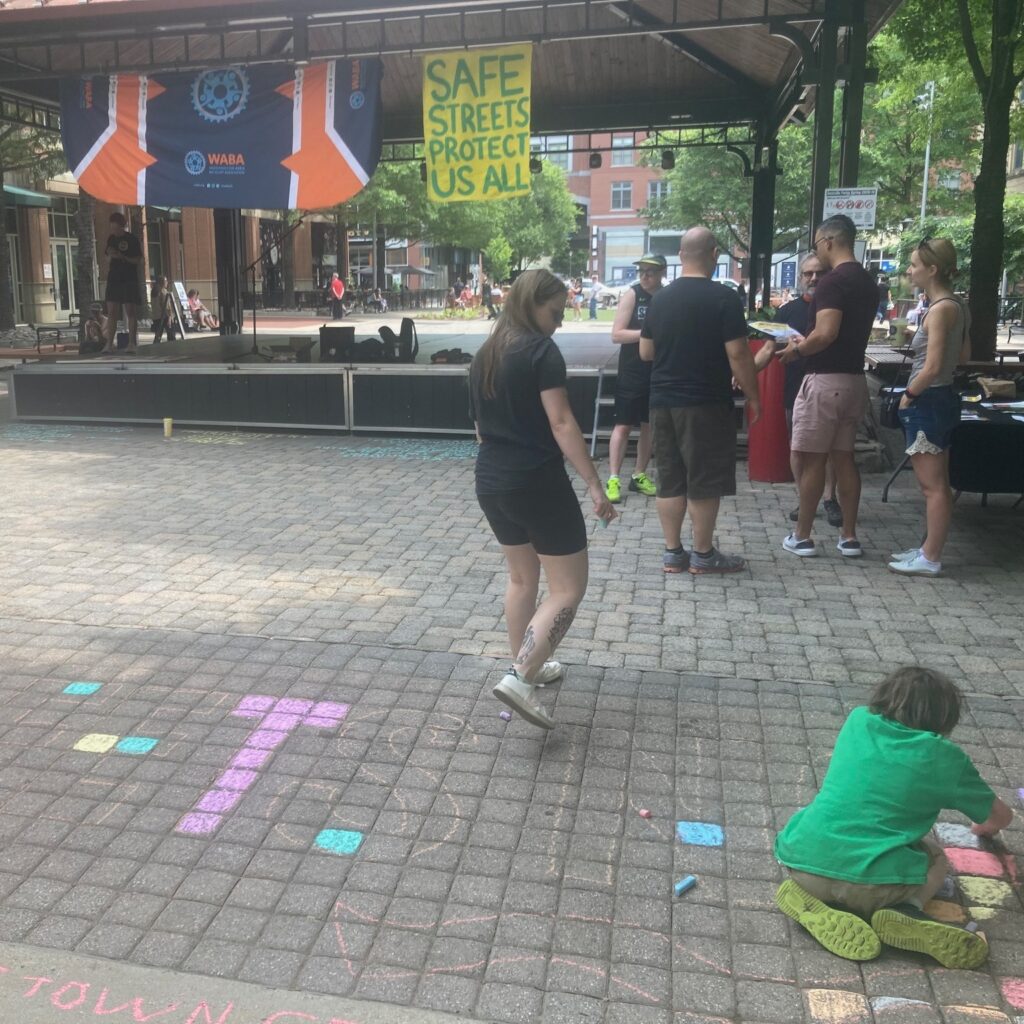
Kneeling on the bricks in our town square, my older son seemed to be attacking them with chalk. Intently focused, he was rubbing his blue piece of chalk onto a brick.
“I’m rage-chalking,” he informed me.
“Ah,” I said, now understanding. “Yes, that’s absolutely something you can do.” I nodded and went back to filling in my own squares.
Continue reading
“You should be so available to play that your children never need to ask,” read the meme. Or least that’s how I read it. (Although it really was close to it.) But what if they always want more than I have to offer? I thought in desperation.
Other memes or oversimplified advice extolled the virtues of connection, especially when it came to getting your kids to do what you want or need them to do, like brush their teeth or come to the table for dinner. Some even made the connection explicit, saying that your kids will be cooperative if only you’re connected enough with them. Of course that message implies the opposite – that if they aren’t cooperative, it’s because you aren’t connected enough.
Continue reading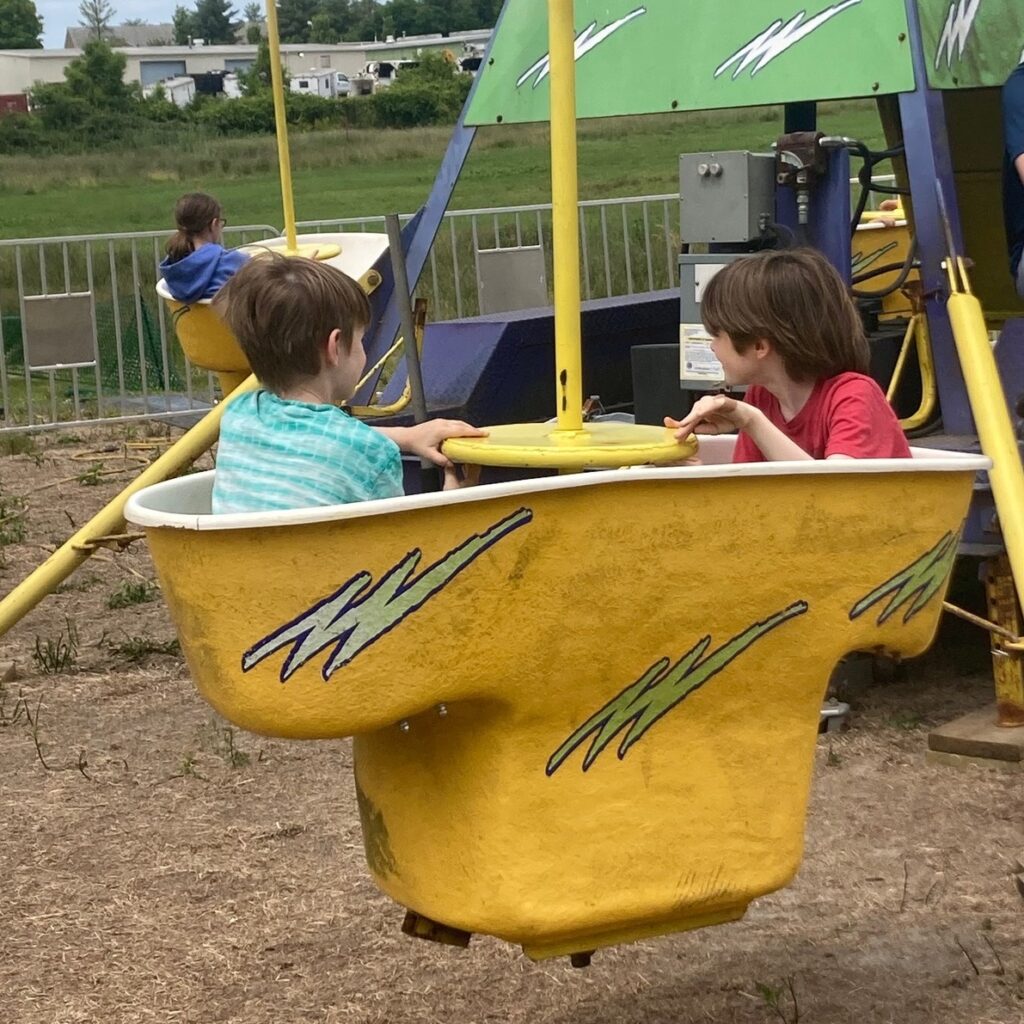
“You aren’t supposed to lead play, just watch,” the parenting expert voice in the back of my head said. So I sat there on the living room floor and watched, keeping my mouth closed, lest I pass judgment on how my kid was playing.
Even though something felt ‘off’ about this statement, I couldn’t help but see it as the culmination of so much parenting advice – and more strikingly, parent shaming.
Continue reading